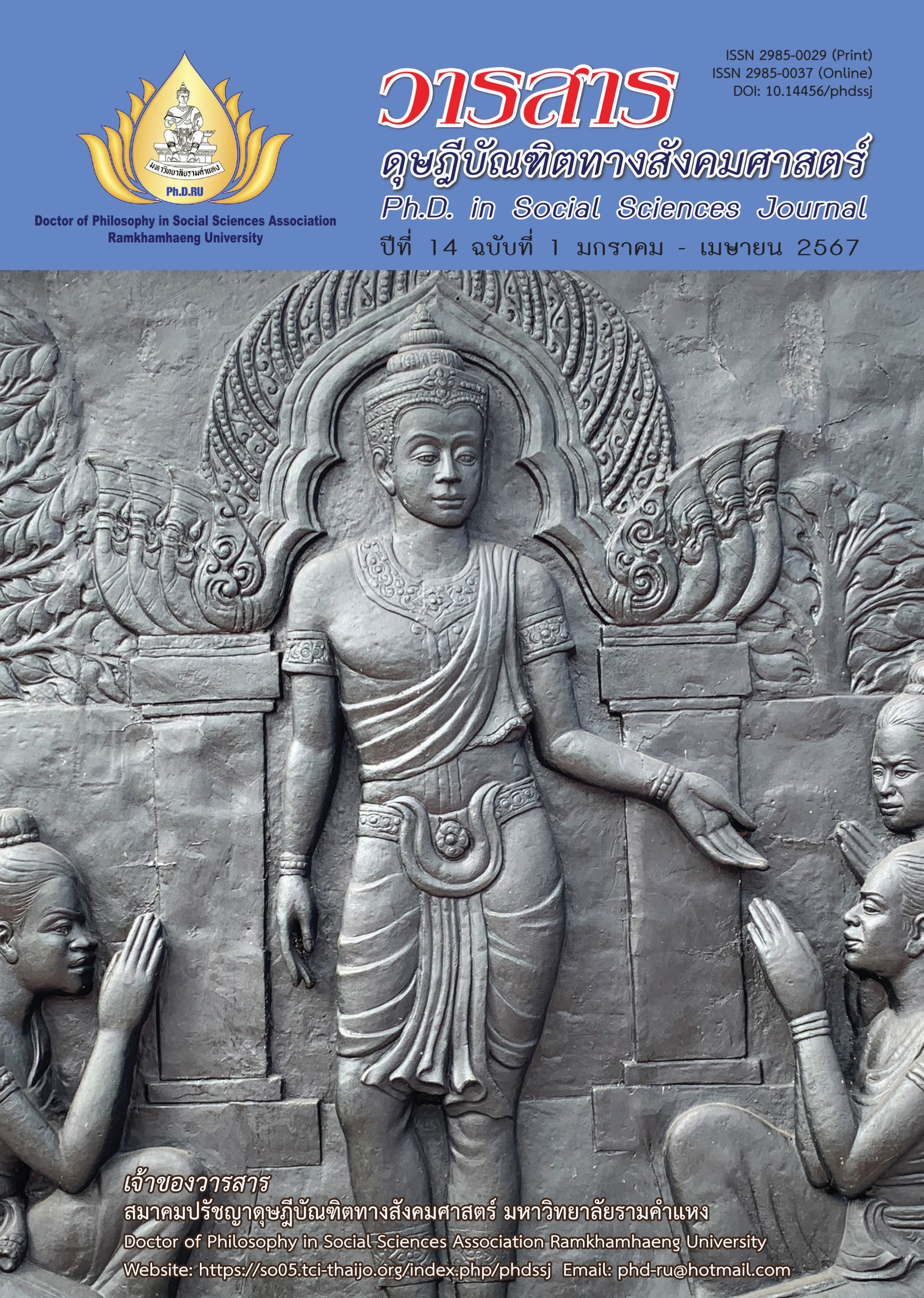Good Governance in Vocational Institutions
Main Article Content
Abstract
This academic article aims to analyze the application of good governance in vocational institutions including the rule of law, morality, and transparency, participation principles, responsibility, and value principles.
Findings are as follows: (1) Rule of law: orders are issued based on the principle of consistency with laws and regulations. There are improvements to the criteria for implementing rules, regulations that are modern and fair. (2) Morality: there is a system of criteria. Develop people to have quality, promote the production of students and graduates to be good and moral people. Consider the merits of personnel fairly. (3) Transparency: there is a strong and transparent internal audit with transparent disclosure of information to the public. (4) Participation: personnel and business establishments participate in setting the vision and mission of educational institutions to develop competency-based curricula according to benchmark. (5) Responsibility: duties are assigned. Job responsibilities are clear to everyone. There is an evaluation of the performance of personnel in the agency to ensure that the work meets the goals and, (6) Value: there is an evaluation of the implementation of the graduate development and production project. Projects on arts, culture and local wisdom there is management with a technology system to reduce the use of resources and use technology to develop student quality.
Article Details

This work is licensed under a Creative Commons Attribution-NonCommercial-NoDerivatives 4.0 International License.
Academic articles, research articles, and book reviews in the Ph.D. in Social Sciences Journal are author’s opinions, and not the publisher’s, and is not the responsibility of the Ph.D. in Social Sciences Journal Philosophy Association, Ramkhamhaeng University. (In the case that research is done on human, the researcher has to be trained in Ethics for Doing Research on Human Training and has to produce the evidence of the training).
References
Chaicharoenwattana, B., & Lee, B. (2001). Good governance indicators. King Prajadhipok’s Institute. [In Thai]
Kaewkosaba, A. (2017). Principles of good governance in the Constitution of the Kingdom of Thailand, 2017. Retrieved from https://www.parliament.go.th/ewtadmin/ewt/parliament_parcy/ewt_dl_link.php?nid=41595 [In Thai]
Nimitkul, S. (2000). Ministry of Interior and good management in good governance. Bophit printing. [In Thai]
Office of the Vocational Education Commission. (2022). Report on operating results for fiscal year 2021, Vocational Education Institute. Author. [In Thai]
Office of the Vocational Education Commission. (n.d.). History. Retrieved from https://www.vec.go.th/th-th/abouttheVEC/history.aspx [In Thai]
Regulations of the Office of the Prime Minister on the Creation of a Good Government and Social Administration System, B.E. 2542. (1999). Royal Gazette, 116(63D), 24-31. [In Thai]
Vocational Education Act 2008. (2008). Royal Gazette, 125(43A), 1-24. [In Thai]
United Nation Economic and Social Commission for Asia and the Pacific. (2009). What is good governance. Retrieved from https://www.unescap.org/sites/default/files/good-governance.pdf


